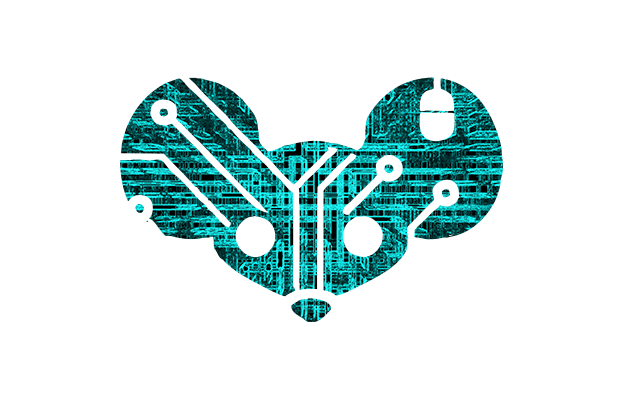Why scientists are making transparent wood / The results are amazing, that a piece of wood can be as strong as glass::The material is being exploited for smartphone screens, insulated windows, and more.
I remember NileRed spent ages trying to reproduce this. The material seems very difficult to make.
Came here to say this! Did you see the one where he tried to make the bullet proof wood too?
So much left to be discovered in this world! 🤩
Tried and succeeded. Honestly I was thinking about the possibilities if he used the same treatment technique to glue the boards, and if he criss-crossed the grains like plywood. The biggest weakness of the composite boards seemed to be how well they were glued.
Like I absolutely wasn’t expecting it to stop a real calibre, but there seemed to be a critical thickness where even 9mm practically bounced off.
Also I’m really impressed with how simple the process was to replicate. Seems like the basic idea is, “the wood’s not alive anymore so we can strip out all the stuff it doesn’t need and just leave the structural fibres”.
Cellulose is a pretty cool polymer. We can already turn into many things - from food to clothes to plastic. And many moons ago it turned into oil on its own!
To be fair, he’s more chemist than mechanical engineer. He got the chemistry down right away, but post-processing took a bit longer than I think it should have (speaking as a mechanical engineer…)
The idea to confine it sideways definitely seemed to take longer to appear than I thought it would. Like, yeah man, if you squish it, it’ll spread out. But maybe he was reluctant to add complexity when he didn’t have any experience designing parts like that. Also I wonder what would happen if it was confined both ways and then criss-crossed like plywood with multiple layers in a single pressing.
Wood is already stronger than glass. If you read the article, what they say make sense, but this title is silly.
That title instantly got under my skin for being stupid
And here I was clicking on the article expecting a revolution in
glasswarewoodware.
Also wouldn’t resin filled wood framework have a higher environmental impact compared to glass? I’m not entirely sure either way
They note towards the bottom they’ve also developed a sustainable resin in place of PVA.
Now we just need to make transparent aluminium.
Pretty sure that’s an aluminium based ceramic
Still, we have it
George and Gracie wood also swim in otter aquariums.
I mean I hope so, I can’t normally shatter wood
I can’t normally splinter glass.
But, you can both shatter wood and splinter glass if you truly believe.
Have they tested this lignin+resin against a control of just resin? Does the lignin reinforcement add much in the way of advantages?
At the end of the day it’s more resin than wood, so I think “transparent wood” is misleading. It’s wood-reinforced resin.
So… Same deal as transparent aluminum.
You mean artificial sapphire, like the iPhone uses?
That project ultimately failed. They use it in the watch, but still use whatever the newest flavor of gorilla glass is on the phone.
Any idea why? Usually it’s a cost thing, right?
Yeah. I think they just couldn’t make large enough pieces for any reasonable cost. In addition to watches, they also use it over the camera lenses though. So there’s that… https://www.cultofmac.com/507141/today-in-apple-history-apples-sapphire-dreams-shatter/
Not seeing how windows would be a good use. We already have safety glass and materials to make glass is more plentiful. Display screens make sense if the material ends up as hard as glass but won’t shatter. That would be fantastic.
It might be a better insulator than glass
deleted by creator
Better than glass, though.
deleted by creator
You would have to make the glass, transport it and make it into window pane, so not much different.
Wood is compostable. But I wonder if making it transparent makes it something you wouldn’t want to grow food with.
Edit: they plan to add epoxy resin which would make the wood something you definitely don’t want to compost and would probably also leach EAs.
Isn’t it amazing what information you can glean from reading the article?
It might be a better insulator? Tipple pane glass is fine until the seal breaks and gas leaks out.
Removed by mod
Hadn’t thought of that angle.
We’re running out of sand.
No we aren’t. Silica is one of the most plentiful materials on earth.
Yes, we ARE running out! So much so that people are getting violent https://www.bbc.com/future/article/20191108-why-the-world-is-running-out-of-sand
I’m guessing there’s a big crux here for both windows and phones. Article says ten times tougher than glass and several times stronger…but wood is not HARD. Hardness is what resists scratching. Something that scratches easily will knock it out of a lot of useful scenarios. I’d imagine most things you’d want to be clear you wouldn’t need the extra strength for, or would want it to not show scratches.
This is the best summary I could come up with:
The materials scientist, who works at KTH Royal Institute of Technology in Sweden, specializes in polymer composites and was interested in creating a more robust alternative to transparent plastic.
“I truly believe this material has a promising future,” says Qiliang Fu, a wood nanotechnologist at Nanjing Forestry University in China who worked in Berglund’s lab as a graduate student.
To create see-through wood, scientists first need to modify or get rid of the glue, called lignin, that holds the cell bundles together and provides trunks and branches with most of their earthy brown hues.
Filling the air pockets with a substance like epoxy resin that bends light to a similar degree to the cell walls renders the wood transparent.
The slim profile and strength of the material means it could be a great alternative to products made from thin, easily shattered cuts of plastic or glass, such as display screens.
But most research has centered on transparent wood as an architectural feature, with windows a particularly promising use, says Prodyut Dhar, a biochemical engineer at the Indian Institute of Technology Varanasi.
The original article contains 741 words, the summary contains 181 words. Saved 76%. I’m a bot and I’m open source!
Can’t see the wood from the trees.











